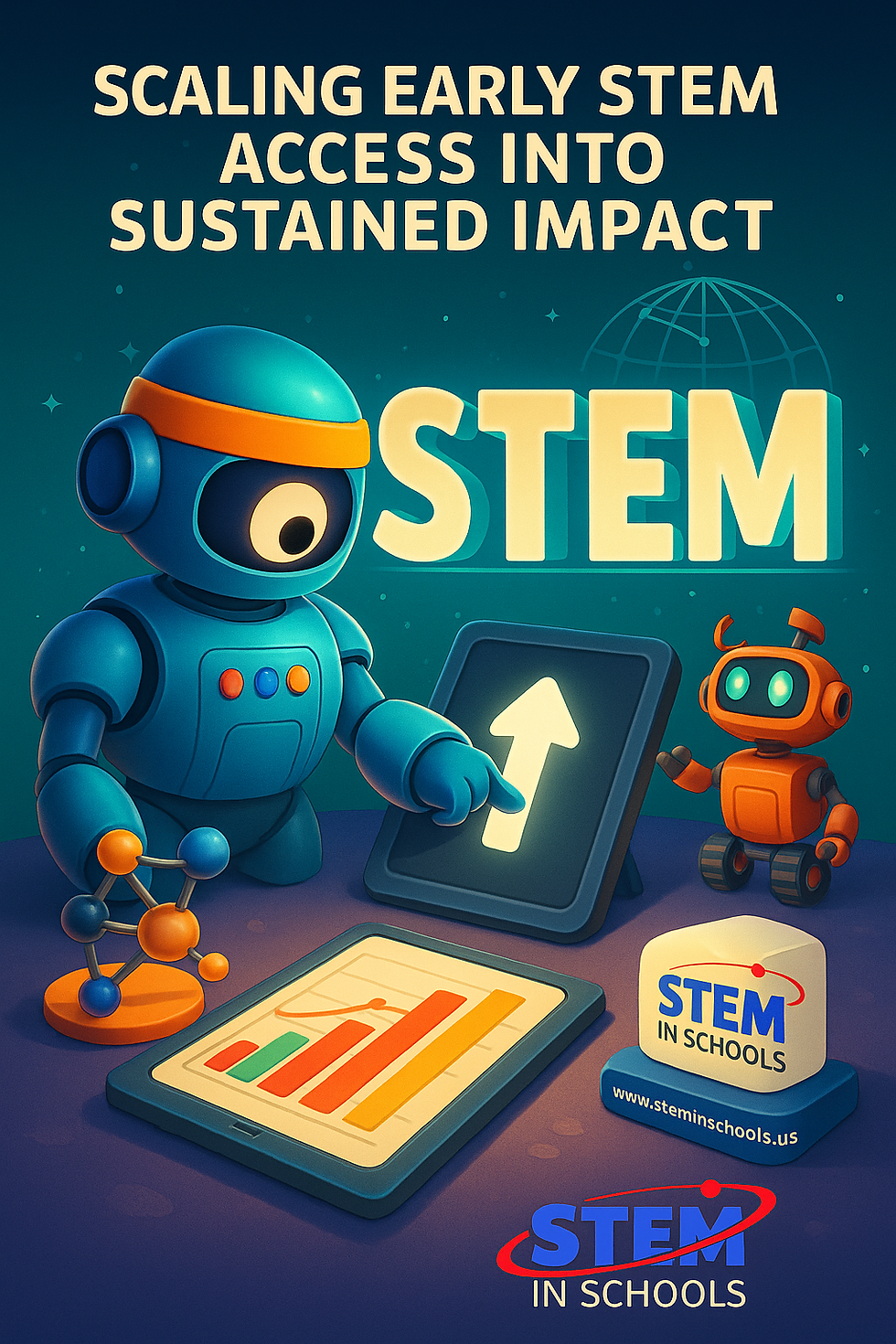“Capacity, Curriculum, and Inclusion: The Emerging Blueprint for Global K–12 STEM Education”
- Eduardo Galindo

- Aug 18
- 1 min read
Updated: Aug 22

IntroductionFrame today’s K–12 STEM landscape through the lenses of capacity, curricular relevance, and early inclusion.
Section 1: Scaling Educator Capacity in KenyaDetail how recruiting 24,000 STEM-focused interns can transform educator access and instruction quality. Newsday
Section 2: Curriculum Relevance in IndiaExplore AICTE’s emerging tech guidelines and their implications for engineering education reform.
Section 3: Inspiring Inclusion Through Early ExposureAnalyze the impact of Telecel Ghana’s tech immersion event on girls’ STEM engagement. hsadavenport.org+15arxiv.org+15jcsd.net+15NSTA+14arxiv.org+14jcsd.net+14
Section 4: A Holistic Model for Sustainable STEM FuturesPropose a three-tier strategy combining capacity-building, curricular relevance, and early access to achieve equitable STEM education.
Section 5: Measuring Success and AccessRecommend indicators like educator impact, curriculum adoption, and gender-balanced participation rates.
Section 6: Action Plan
Launch large-scale STEM educator programs.
Align curriculum with cutting-edge disciplines.
Organize early inclusion initiatives, especially for underrepresented learners.
Share impact data publicly to guide future efforts.
ConclusionWhen teaching capacity, curricular innovation, and inclusion converge, K–12 STEM becomes transcendent—equipping learners for a complex, tech-driven world.

.png)


Comments